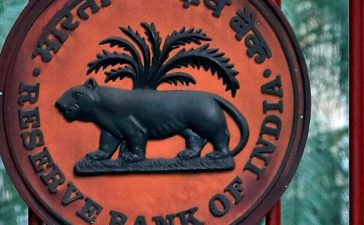Perhaps what has not received adequate attention is the contents of Annex II of the order that provides an exclusion list, which includes items that are completely exempted from the additional tariffs. The list identifies products, down to the 8-digit level of the Harmonized Tariff Schedule of the United States (HTSUS), that are exempt from the additional duties. An essential layer of nuance lies in the scope of these exemptions.
Annex II specified 1,039 tariff lines under the exclusion list. Subsequently, the Presidential Memorandum announced on April 11, 2025, further expanded these carve-outs to include a wide range of high-tech goods, including semiconductors, smartphones, automatic data processing machines, transistors, and integrated circuits. Of the entire exclusion list, the top products included organic chemicals, accounting for 26.0%, followed by wood products at 14.1%, inorganic chemicals at 9.9%, copper at 7.6%, mineral fuels at 6.6%, electrical machinery at 5.6%, and pharmaceuticals at 5.3%.
India’s exports of items on the exclusion list accounted for 29.1% of its total exports to the US, offering a reprieve from the new tariffs and highlighting significant export opportunities. Among India’s top exports to the US were gems and jewellery at 13.4%, electrical machinery at 13%, pharmaceuticals at 10%, and mineral fuels at 8.6%—together comprising a substantial share of the overall trade. A number of these items will benefit from exemption under the newly implemented tariffs. Smartphones, one of India’s top exports to the US, have been spared, and nearly half of India’s electrical item exports by value now escape the tariff dragnet. For the Indian pharma sector, 99.7% of its export value has been exempted. Also, Indian exports of mineral fuels are completely immune to the additional duties. The exclusion list, however, does not offer any relief to India’s largest export item to the US—gem and jewellery, which will remain largely exposed to the brunt of the new tariffs.
An interesting insight emerges when items in the exclusion list are classified by the level of skill and technology into four main groups: primary and agro-based manufactures, resource-based manufactures, low-technology manufactures, and medium- and high-technology manufactures. Almost 75% of the exclusion list belongs to medium- and high-tech manufactures, and resource-based manufactures (comprising largely of metals, mineral products, and organic chemicals), thus protecting India’s exports worth almost $21.5 billion.
Distribution of value of exports and number of product lines in exclusion list by technology and skill category:

Source: Authors’ calculations based on trade data from WITS (UN COMTRADE) and technological category classification from UNCTAD
This is not surprising, given that India’s exports to the US have undergone structural changes in the past few years. In 2010, low-technology manufactures accounted for 36% of India’s exports, forming the largest chunk. However, by 2023, the share of these items in India’s exports fell to 26%. On the other hand, medium- and high-technology manufactures accounted for 31% of India’s exports in 2010 but increased to 42% in 2023. Low-technology products have, in fact, drawn the highest tariffs at 29% and remain the most exposed under the new tariff regime.
While the US exclusion list has helped buffer a significant portion of India’s exports from the tariff shock, the volatility surrounding the new Trump-era trade policy raises concerns. With the administration’s unpredictable stance, the reintroduction of currently exempt items into the tariff net remains a real possibility.
Nisha Taneja is professor at the Indian Council for Research on International Economic Relations (ICRIER); Nirlipta Rath and Vasudha Upreti are Research Assistants at ICRIER. Views are personal.










